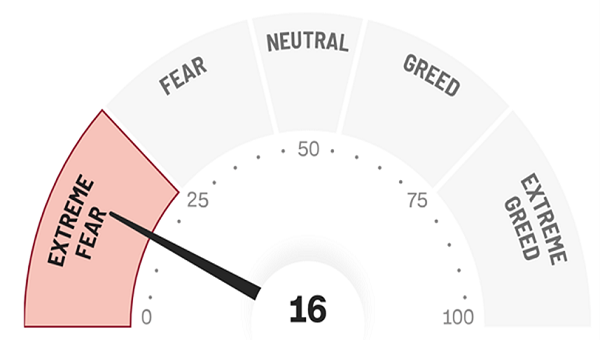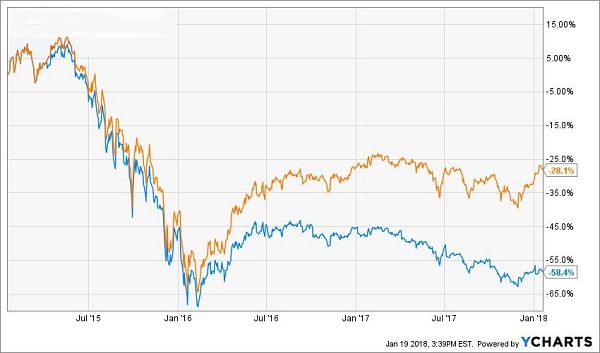Could the Fed cut rates—and actually cause interest rates to rise?
Absolutely. In fact, it’s a setup I see as very much in play. Today we’re going to talk about a 15%-yielding (!) stock that’s well-positioned to benefit.
Powell Vs. the 10-Year, Round 2
How would this “rate split” come about? To get at that, we need to bear in mind that the Fed only controls the effective Federal funds rate. That’s the “short” end of the yield curve—or the rate at which financial institutions lend to each other.
Meantime, the “long” end—pacesetter for consumer and business loans (including mortgages—more on those shortly) is tied to the 10-year Treasury yield—and has a mind of its own.… Read more



Recent Comments